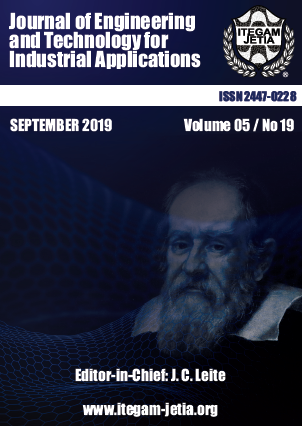SYNTHESIS OF GRAFITE FROM AMAZONIAN RESIDUAL BIOMASS
Abstract
The Amazon is the largest tropical forest in the world, with the richest biodiversity on the planet, producing a range of typical and exotic fruits, as well as housing native trees that make up its biome. The Amazon is the largest tropical forest in the world, with the richest biodiversity on the planet, producing a range of typical and exotic fruits, as well as housing native trees that make up its biome. The residual biomass ends up interfering negatively in the environment, because it is discarded like garbage, bringing losses that go from the clogging of sewers to the proliferation of diseases. In a visionary perspective, many researchers are working on the exploration of these biomasses for their use in the science and engineering of new materials, thus collaborating with the minimization of these wastes in the environment, using the so-called sustainable technological development. For this work the residual biomass from the açaí stone was chosen, since only 15% of the fruit is harvested, being discarded as reject 85% in the urban environment. Thus, as the biomass consists of three main fractions, cellulose, hemicellulose and lignin, which contains abundant hydroxyl and carbonyl groups, these characteristics allow the maceration of açaí stone to coordinate with several metallic ions, which can be used for the synthesis of carbon materials such as graphene and hence graphite, a material used to produce supercapacitor electrodes (EDLCs), which use carbon as an active material for the storage of electricity with high power density and life cycle. In this context, the present work aims to perform the graphite synthesis from the Amazonian residual biomass (açaí stone).

















